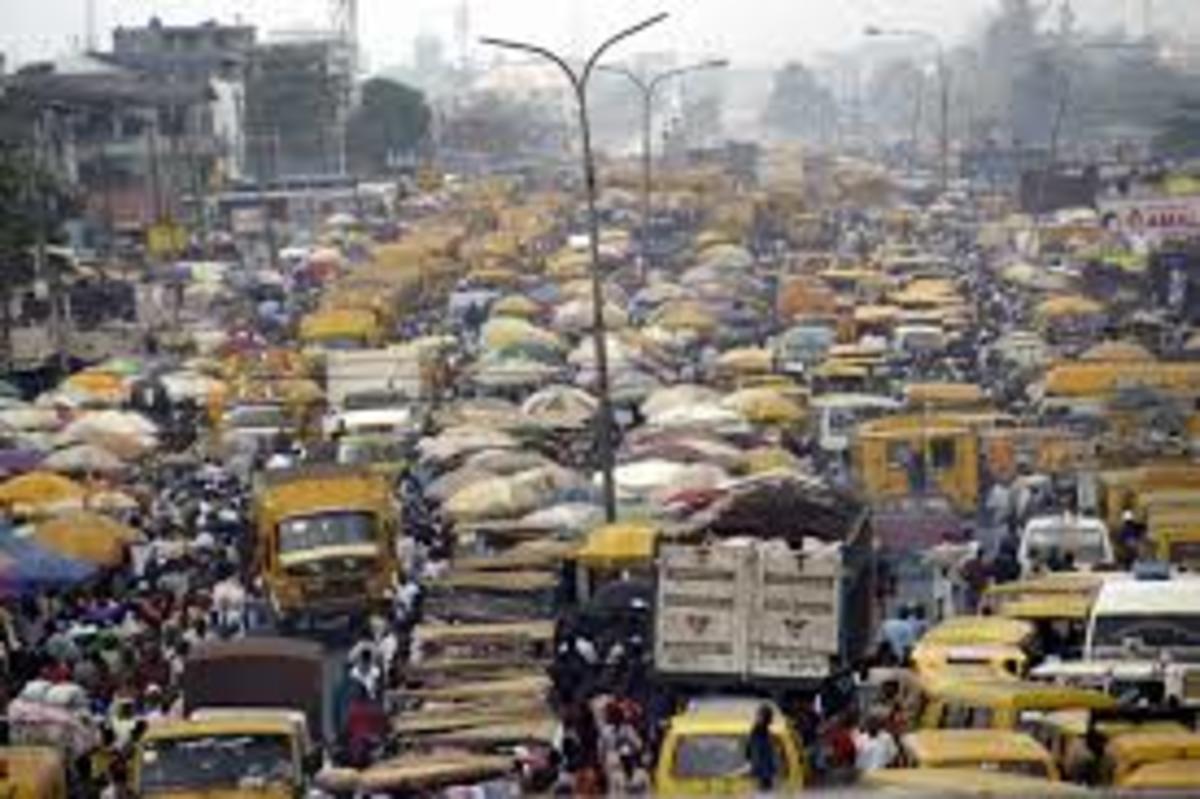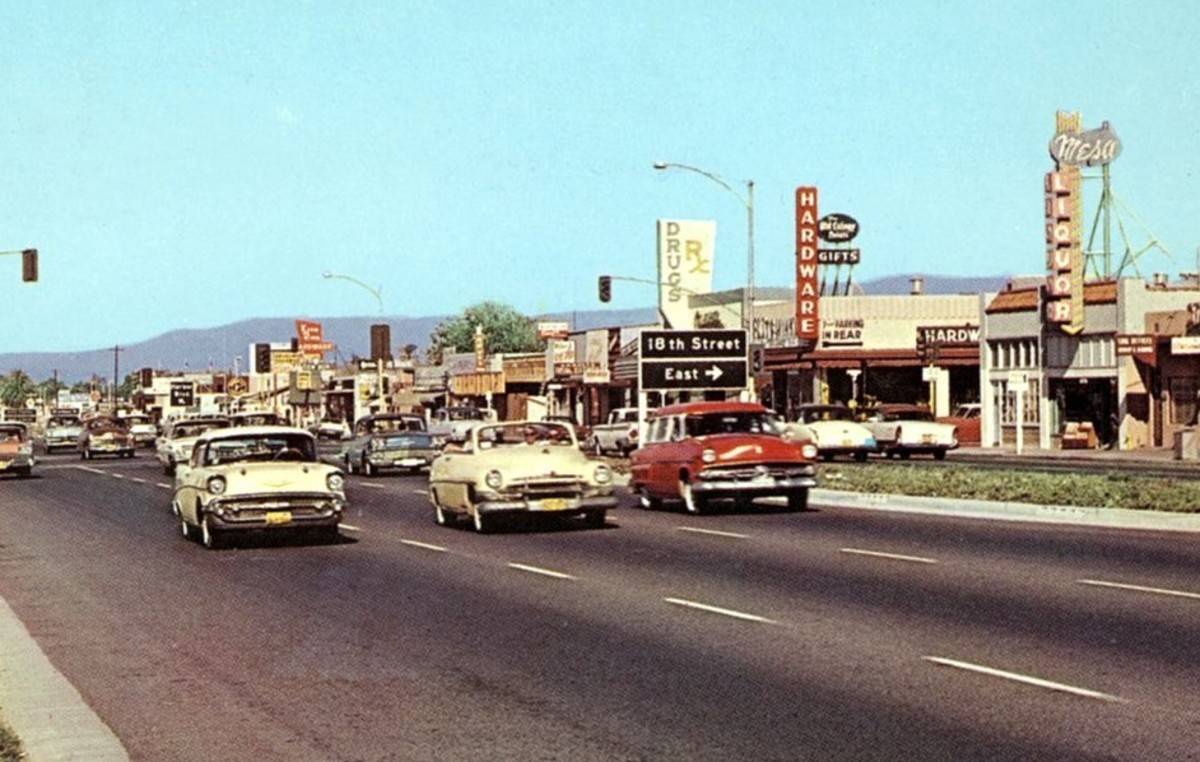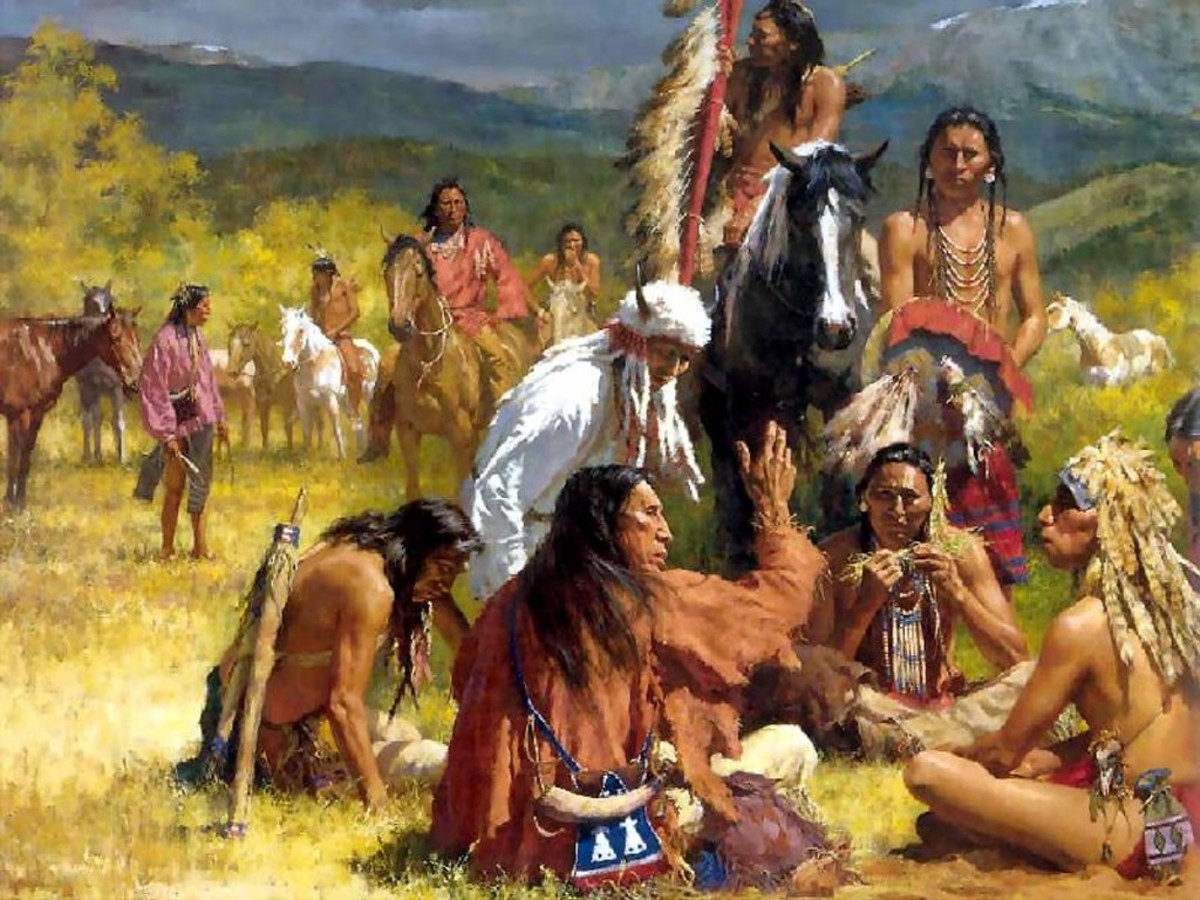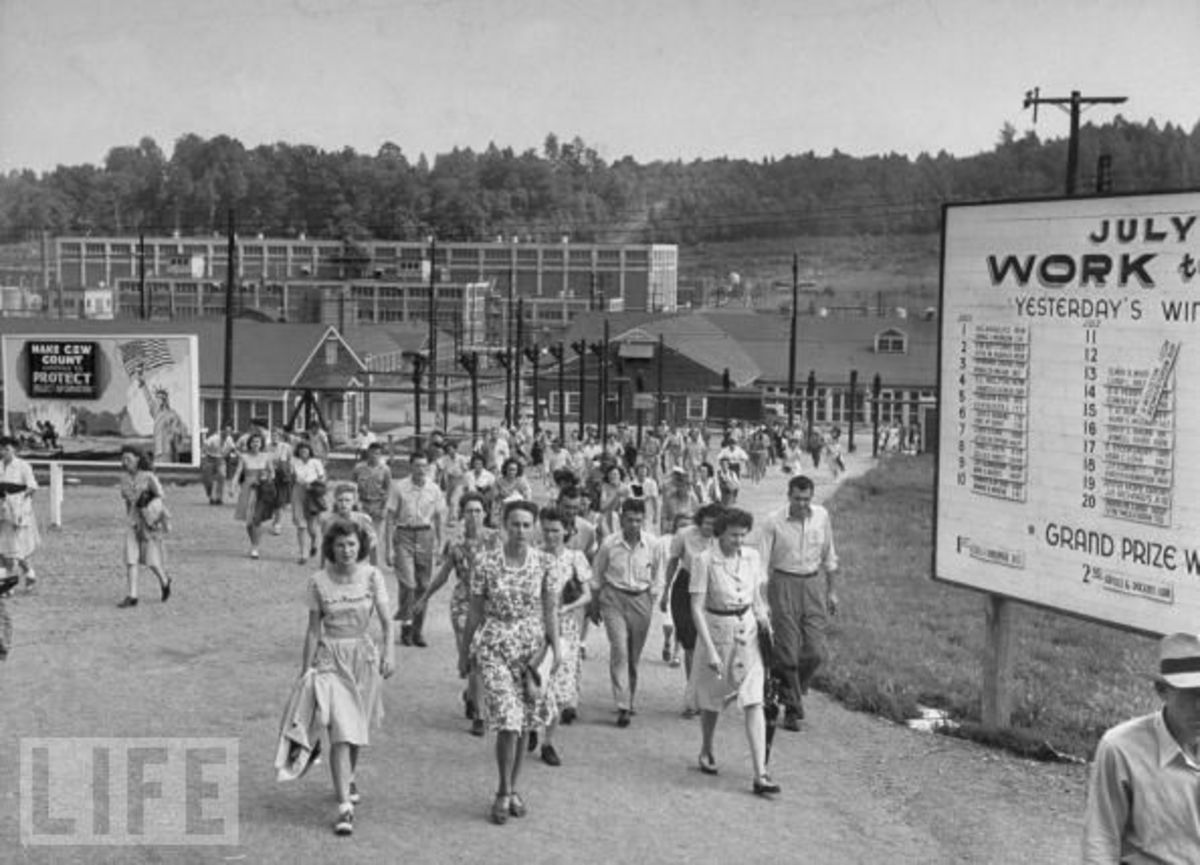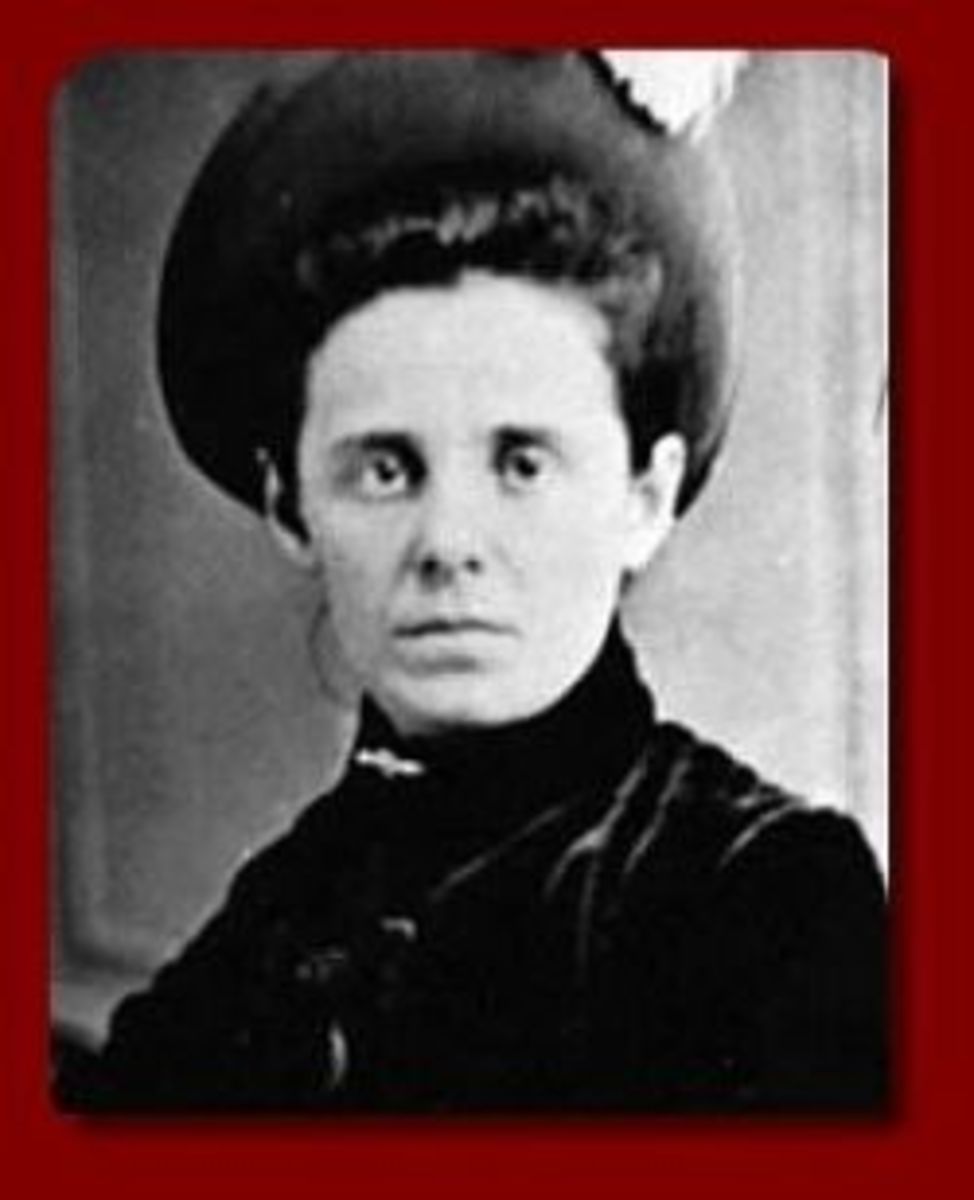- HubPages»
- Education and Science»
- History & Archaeology»
- History of the Americas
Hearts & Minds - How The U.S. Lost The Vietnam War Before It Even Began PART 3
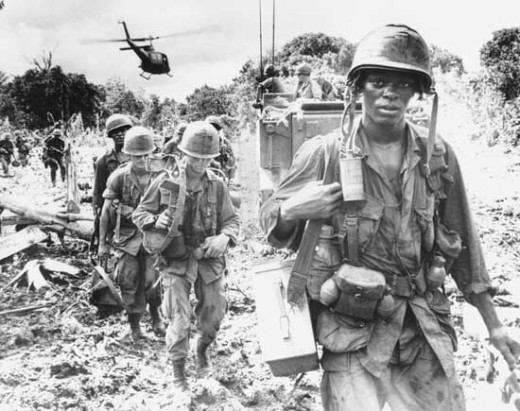
This is part 2 of 3 on a look at the Vietnam War. Click here for part 1: http://mabrgordon.hubpages.com/hub/Hearts-Minds-How-The-US-Lost-The-Vietnam-War-Before-It-Even-Began, and here for part 2: http://mabrgordon.hubpages.com/hub/Hearts-Minds-How-The-US-Lost-The-Vietnam-War-Before-It-Even-Began-PART-2
After backing the Southern Republic of Vietnam under Ngo Dinh Diem, the U.S. increasingly pushed Diem to enact land reform. The U.S. saw the rural population, discontent over the French legacies of uneven land distribution, as an area increasingly dissident and ripe for socialist-style rebellion. Thus, the U.S. increasingly treated the rural population as the key to success or failure in South Vietnam. In the end, however, the combination of both rural and urban class discontent would hold the key to success or failure. Furthermore, Diem’s extreme policies and ineffectiveness to win the hearts and minds of both rural and urban classes would lead to the failure of his regime and the rise of the National Liberation Front in South Vietnam.
In order to adequately analyze that both the rural and urban populations held the key to the success but ultimate failure of the United States and the Diem regime, each class must be separately analyzed. After the French were defeated and withdrew from Vietnam, one of the most pressing issues in the country was land reform. Under French colonialism, land was mercilessly divided up between the highest bidders, thus leaving most of the land in the hands of a few (Duiker-109). Ultimately, Diem, coming from a wealthy and westernized background, could not grasp the notions of poorer rural populations (Duiker-109). Diem, in the end, turned his eyes towards pleasing the U.S. through anti-Communist programs, leaving the problems of land reform in stagnation.
Soon, however, U.S. policy makers, worried about American interests in South Vietnam, began to realize the ramifications of ignoring the needs of the rural population. Constantly thinking along anti-Communist lines, several state department heads saw the issue of land reform not as question of pleasing the rural population, but of stopping socialist style rebellion. “An axiom of American foreign policy is that an exploited and impoverished peasantry provides fertile soil for communism, as in China” (Scheer in Gettleman-142). Thus, American officials saw the rural populations as key to the success of a non-communist South Vietnam. In accordance with this, the U.S. ultimately forced Diem to enact land reform policies, and Diem also enacted his own anti-communist laws to root out dissidence among the rural populations. Both the U.S. and Diem seemingly turned a blind eye to the urban populations.
While not discontent over such needs as land reform, ultimately the policies of Diem struck at the urban populations. Following the 1954 Geneva Conventions, many Buddhists fled south below the 17th parallel demarcation line to escape possible tyranny in the communist North. Mostly settling in larger cities, this Buddhist population accounted nearly for eighty percent of the South’s population (Pentagon Papers in Gettleman-217). Under the extremely Catholic regime of Diem, clashes soon arose.
In April 1963, the Diem government enforced a nation wide ban of all flags, including Buddhist flags. One such revolt against this ordinance took place in the urban center of Hue (Pentagon Papers in Gettleman-217). In the end, an over-arching uprising began, leading to the deaths of many Buddhists and the very public self-immolations of eight Buddhist monks (Pentagon Papers in Gettleman-218). Many urban Buddhists also felt the need to organize simply because they resided closer to the more favored religion of westernized Catholicism (Giac Duc in Chanoff-39). Like the poorer rural areas reacting to an absence of land reform, the urban population also began to react to Diem’s ineffectiveness.
Ultimately, while the dissidence in urban areas did not amount to much open conflict, it is perhaps more key to the success or failure of the Diem regime, in the very fact that it was more public. As one Buddhist dissident stated: “Our strategy…was to keep the conflict level low, but to make it clear that we [the Buddhists] had a lot of leverage. They had to know that we wouldn’t be afraid to use this leverage” (Giac Duc in Chanoff-137). Thus, by implementing public acts, such as self-immolation, the urban population became key in its effectiveness to capture the world’s attention. In the end, such attention would lead to the final failure of Diem, as policy-makers in Washington found it too risky to back him.
Thus, as one can see, both rural and urban classes had extreme, albeit very different forms of power in deciding the success or failure of the Diem regime. Diem’s response to this power, however, is what ultimately tipped these two populaces into rebelling against the government. Diem’s inability to win the hearts of minds bred discontent; his ability to crush the hearts of his people, however, led to a need for defense. Harsh land reform policies such as the creation of Agrovilles, absolute power laws without appeal like law 10/59, and the harassing of Buddhists, ultimately led to this need. One insurgent felt as though “in order to survive we [the people of the South] would have to consolidate.” Otherwise, she felt the quiet, unorganized and defenseless masses “would all perish” (Nguyen Thi Dinh in Gettleman-165). This defense came in the form of the National Liberation Front.
Matthew Gordon is the author of The Thin Blue Line: An In-Depth Look at the Policing Practices of the Los Angeles Police Department &
To Live, To Think, To Hope - Inspirational Quotes by Helen Keller.
© Matthew Gordon, 2011
Other Books By The Author:
Notes
Duiker, William J. Sacred War: Nationalism and Revolution in a Divided Vietnam. New York: McGraw-Hill, 1995.
Giac Duc. "The Venerable Giac Duc: Buddhist and Catholics, the Beginning." & "The Venerable Giac Duc: Buddhist and Catholics, the Showdown." in Vietnam: A Portrait of its People at War. Ed. David Chanoff & Doan Van Toai. New York: I.B. Tauris, 2001. 39-42. & 134-146.
Nguyen Thi Dinh. “’No Other Road to Take’: Origin of the National Liberation Front in Ben Tre.” in Vietnam and America. Ed. Marvin E. Gettleman, Jane Franklin, Marilyn B. Young, & H. Bruce Franklin. New York: Grove Press, 1995. 165-188.
Pentagon Papers, The. “The Buddhist Crisis of 1963: The View from Washington.” in Vietnam and America. Ed. Marvin E. Gettleman, Jane Franklin, Marilyn B. Young, & H. Bruce Franklin. New York: Grove Press, 1995. 216-225.
Scheer, Robert. "Genesis of US Support for the Regime of Ngo Dinh Diem." in Vietnam and America. Ed. Marvin E. Gettleman, Jane Franklin, Marilyn B. Young, & H. Bruce Franklin. New York: Grove Press, 1995. 115-129.



